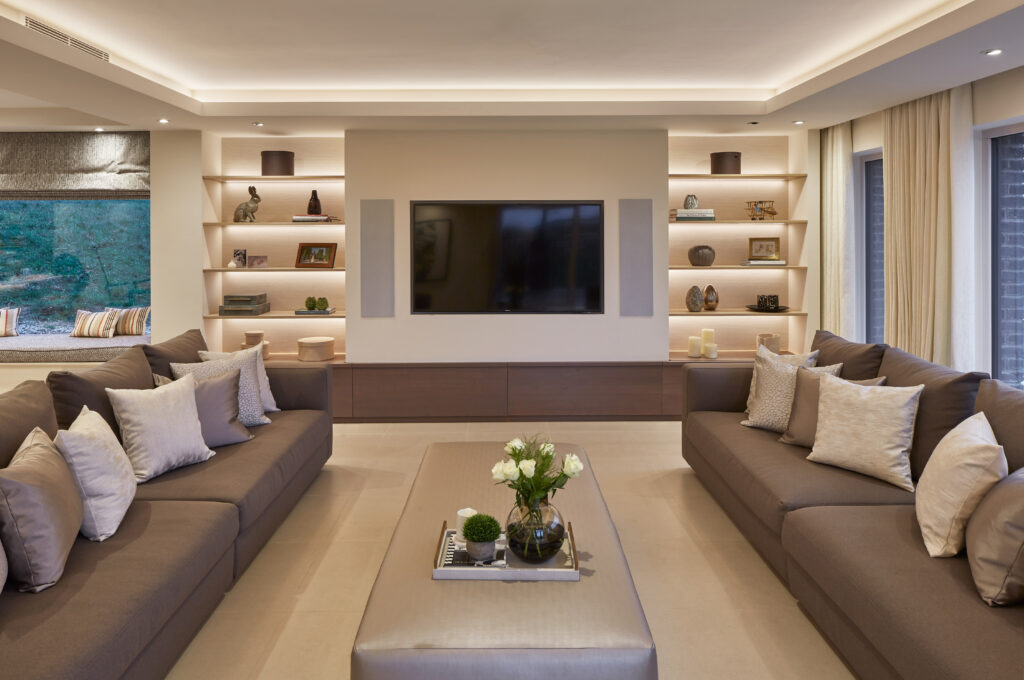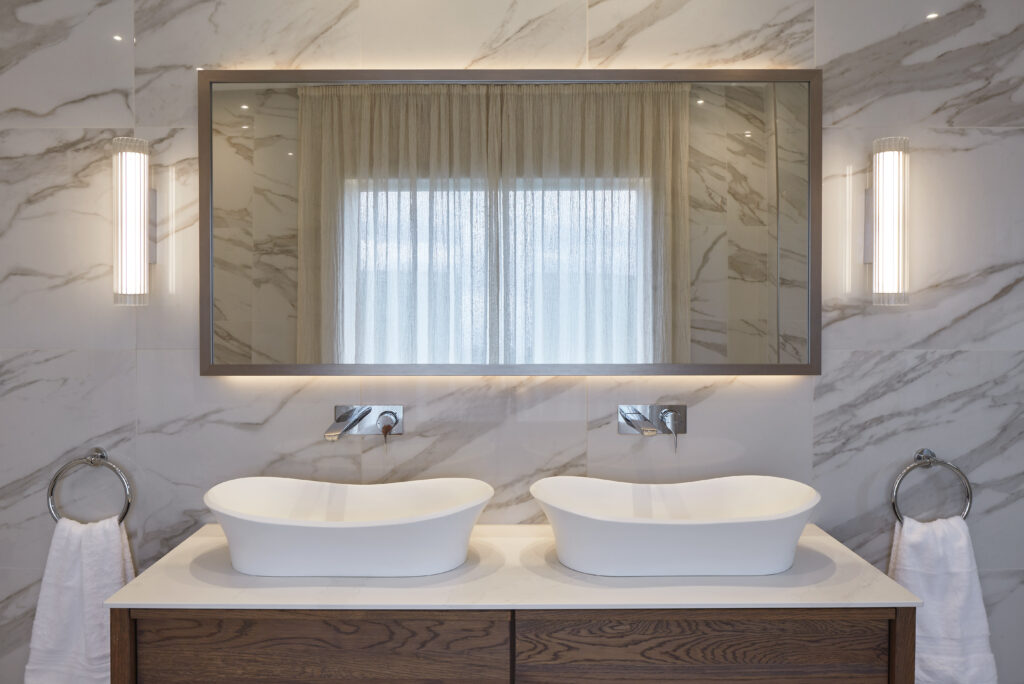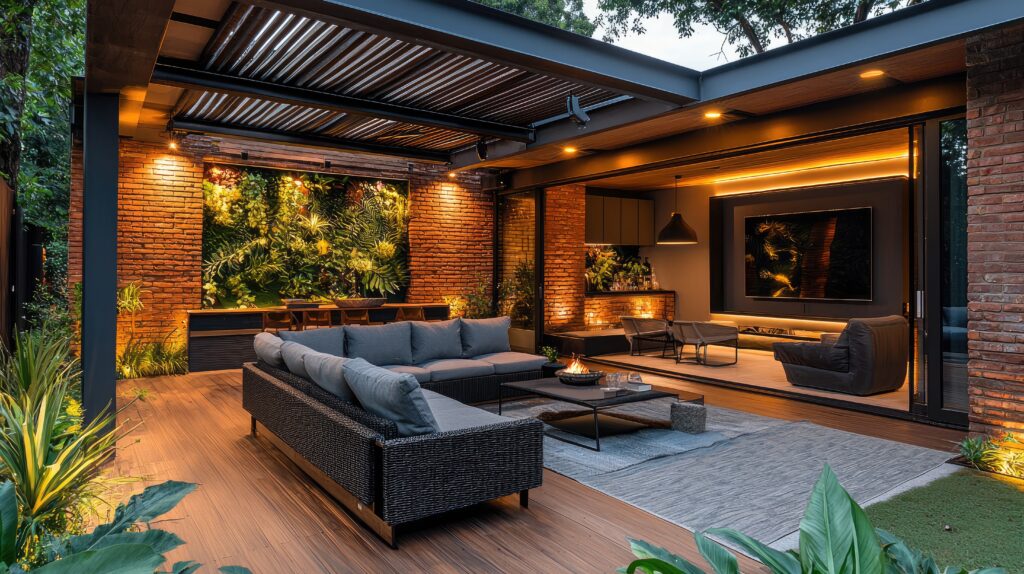A lot of schools need to replace their lighting this summer holiday because of a ban on manufacturing and importing fluorescents lights (as per August 2023) and to maximise energy savings in the face of high bills.
Typically, a modern LED lighting solution will save the school up to 82% of their ongoing costs by using controls such as presence and absence detection, dimming and daylight linking. Payback periods can be less than 1 year when the right advice is given to phase the project to focus on the quick wins first.
This blog tells you what you need to know to provide a compliant lighting scheme while meeting a tight budget.
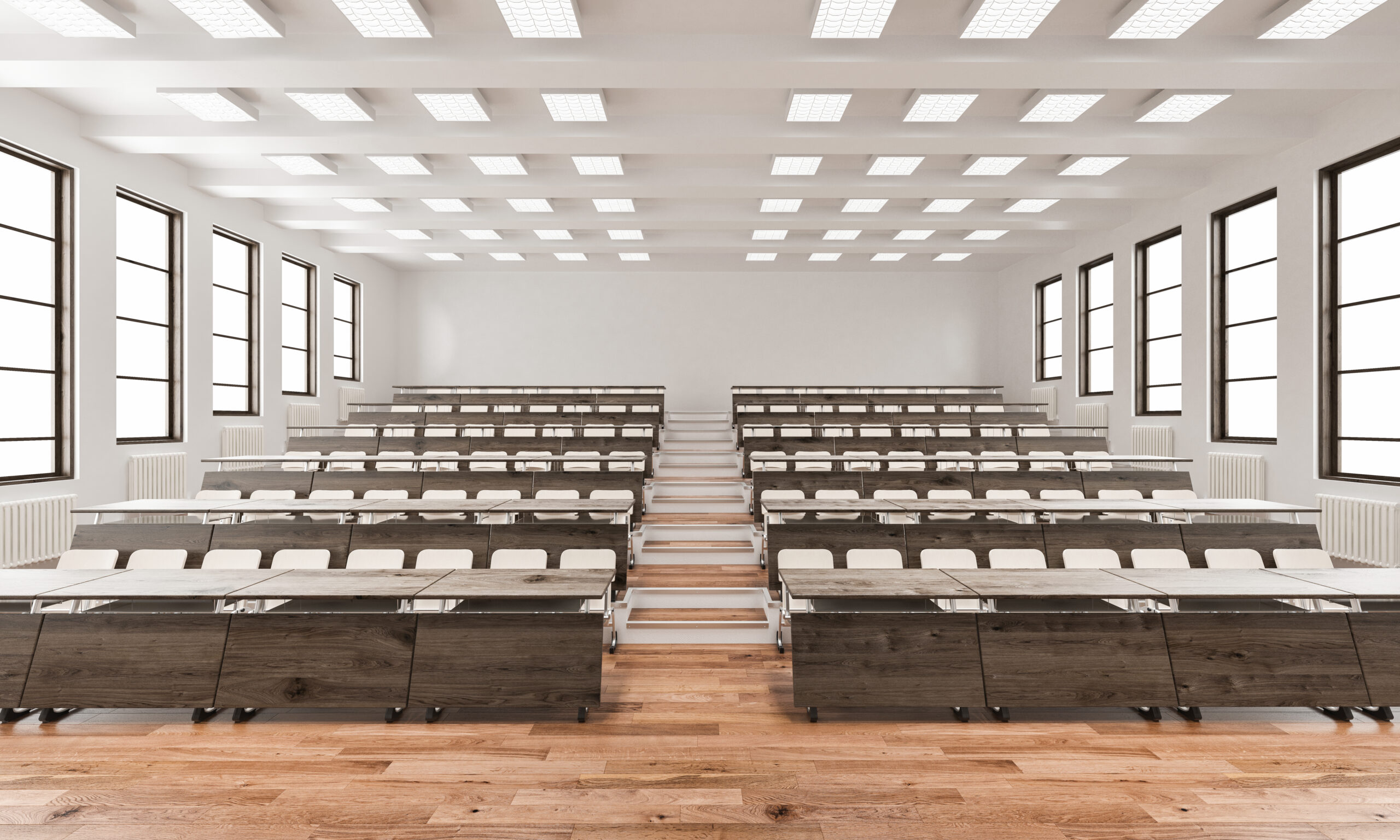
Maximise energy efficiency
While LED fittings are energy efficient, some are more efficient than others, so it’s worth checking both how many lumens per watt the luminaires provide and its optical performance for the space being lit. For ease you can also check the energy rating of the light source, which is rated from A – F.
Ligthing control
Utilising daylight is free and it’s best practice to install daylight linking sensors to the relevant luminaires so that they dim up and down in response to natural light levels.
Other control in the classroom will vary from simple on/off control, remote dimming and absence detection using sensors. The latter will switch off the lights after a period of time with no movement.
In other areas such as corridors, toilets and stairways the luminaires can be automated using presence detection sensors to switch the lights off when no one is in the room.
You may find that a school does not have the budget to include lighting control, but if you install modular luminaires that can have sensors plugged into them, then you can explain the benefits and revisit the school to install them at a future date.


Lighting standards
But good lighting is more than how many watts you can save.
The installation needs to light the tasks being carried out, the space and most importantly the faces of the people in the room so that the teacher can watch and respond to their students. It needs to aid learning.
In such an important environment there are standards that you must meet. These vary according what the room is used for. The illumination level for a classroom is a minimum of 300 lux for children or 500 lux for adults, however a key deliverable is to also provide 150 lux cylindrical illuminance.
This best practice helps illuminate not just the desks, walls and ceilings but also the faces of the people within the space to help good communication. Consider supplementing the general lighting or select a fitting that widely disperses the light outwards from a central optic. New products such as our own Trinity fitting can help achieve this.
Cut the glare
Other factors to check on a fitting are the “Unified Glare Rating” (UGR) which in a classroom should be 19 or less to provide a comfortable glare-free learning environment. It can be higher in corridors or changing rooms but lower in areas used for light sensitive tasks such as in technical drawing rooms where it should be 16 or less.

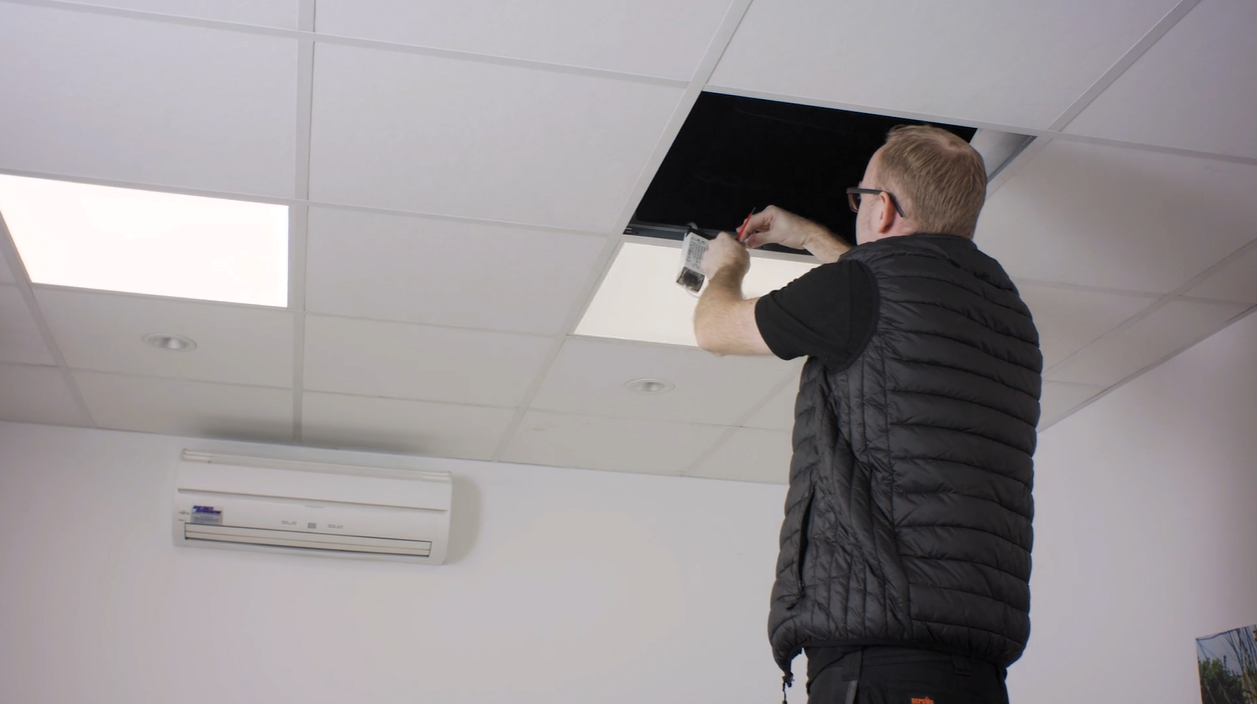
Design for fewer fittings
If you want to provide a competitive tender and still maintain your margins then get some help with a proper lighting assessment of the school. Credible lighting suppliers provide this service free of charge since all lighting designers would advocate that the best refurbishment originates from a re-design to current day best practice.
You may even find that you can achieve a better lighting scheme with fewer fittings than the existing one. Using fewer fittings to achieve better results is good for the budget and the environment.
Outdoor lighting
Such an assessment will also go beyond the classroom and other indoor areas to include outdoors, which needs lighting not only for safety and security, but also for aesthetics to make the school a welcoming environment for children and parents. Plus, now there are environmental considerations for outdoor lighting, for example we would recommend using warmer 2200K colour temperatures to reduce the impact of blue light content on nocturnal animals. See our landscape lighting guide for more about outdoor lighting.
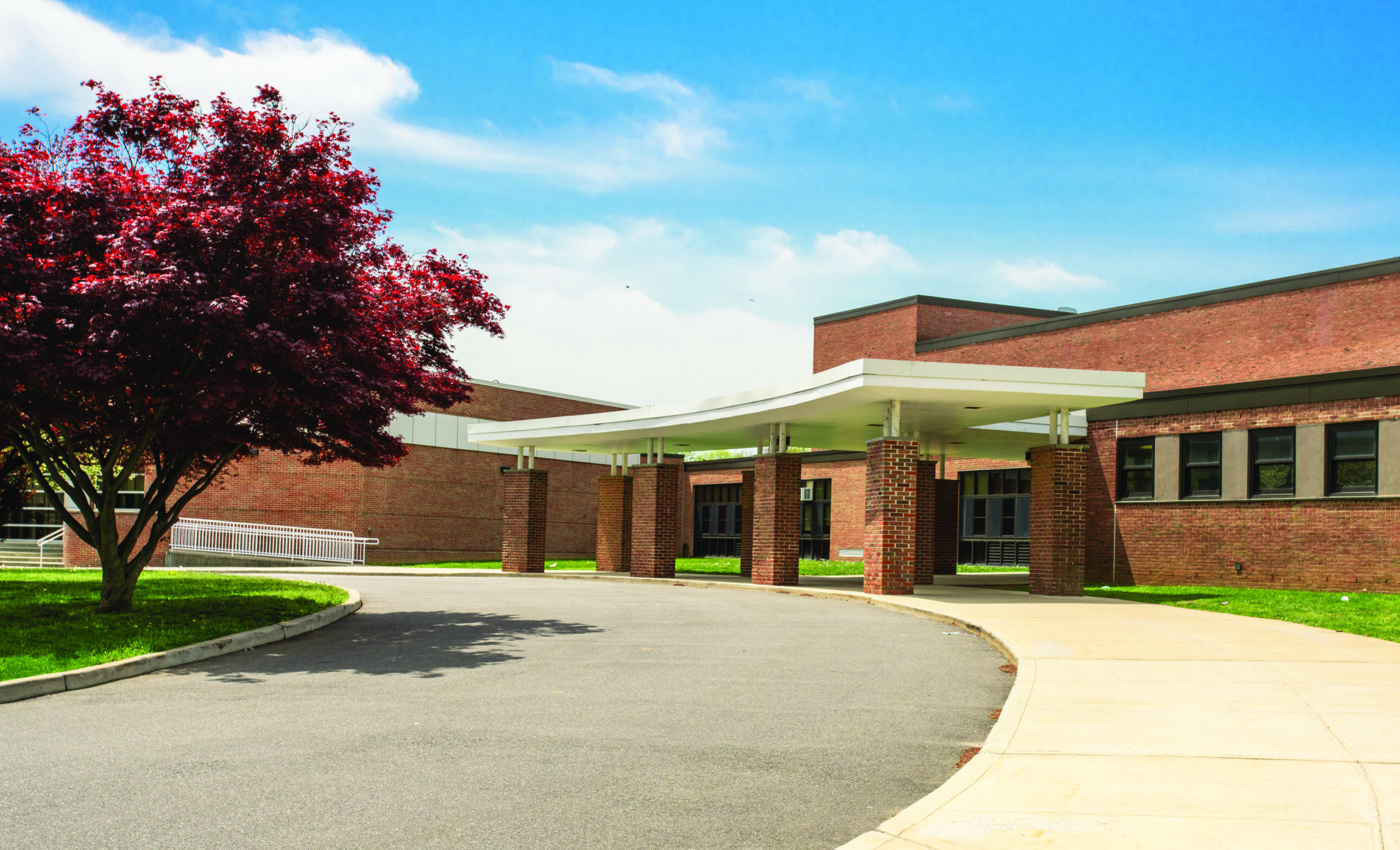

Choose the lighting experts
A well-designed luminaire will help you and the school. It will save you installation time and provide future flexibility. Many of our luminaires for example are modular with plug in sensors and even plug in battery packs so that you can adapt a fitting for emergency lighting.
To provide excellent lighting for learning and help your chances to win business for a school refurbishment, it’s worth taking advantage of the free support and advice from people that understand how to best light the application across the lifetime of the application for a cost-effective price.
